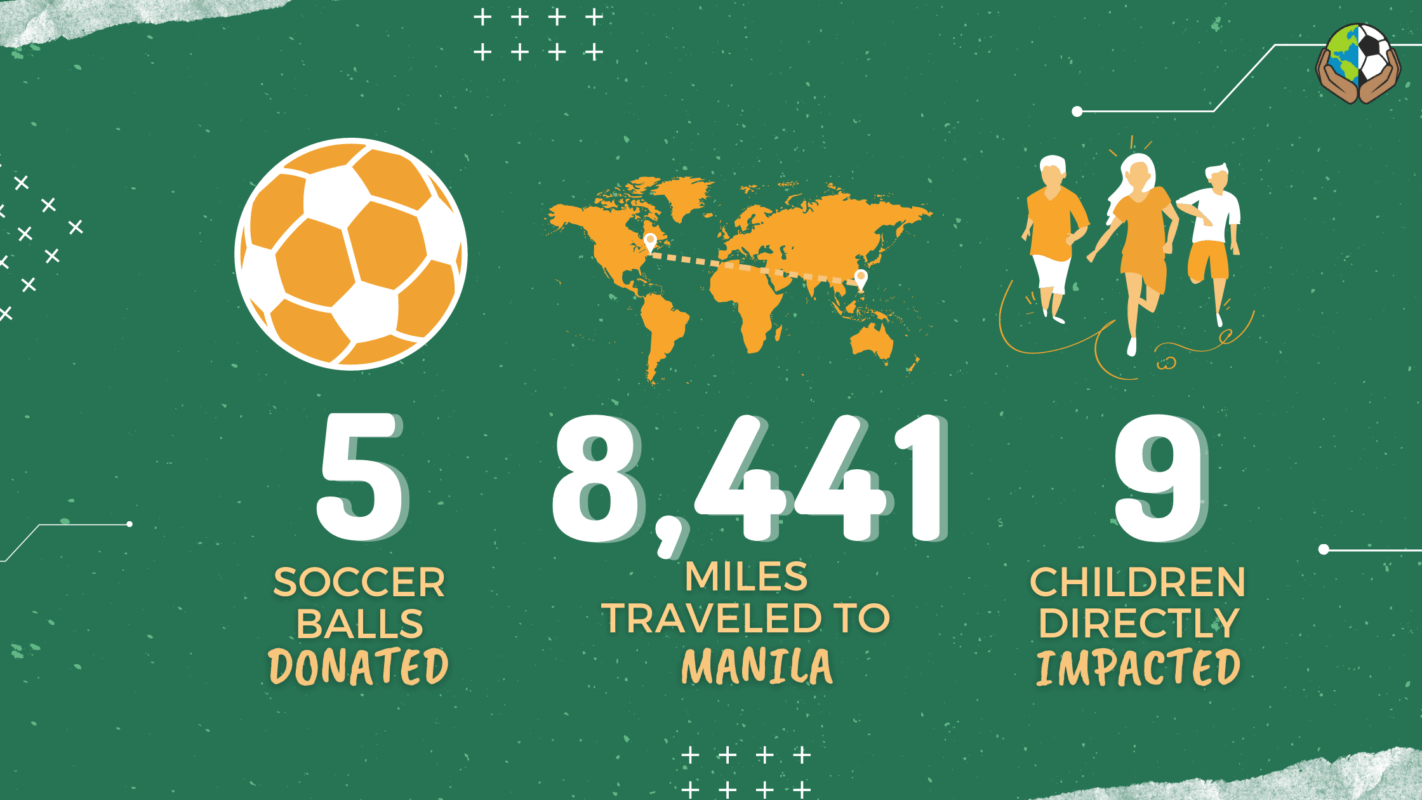Manila, Philippines (Part 3)
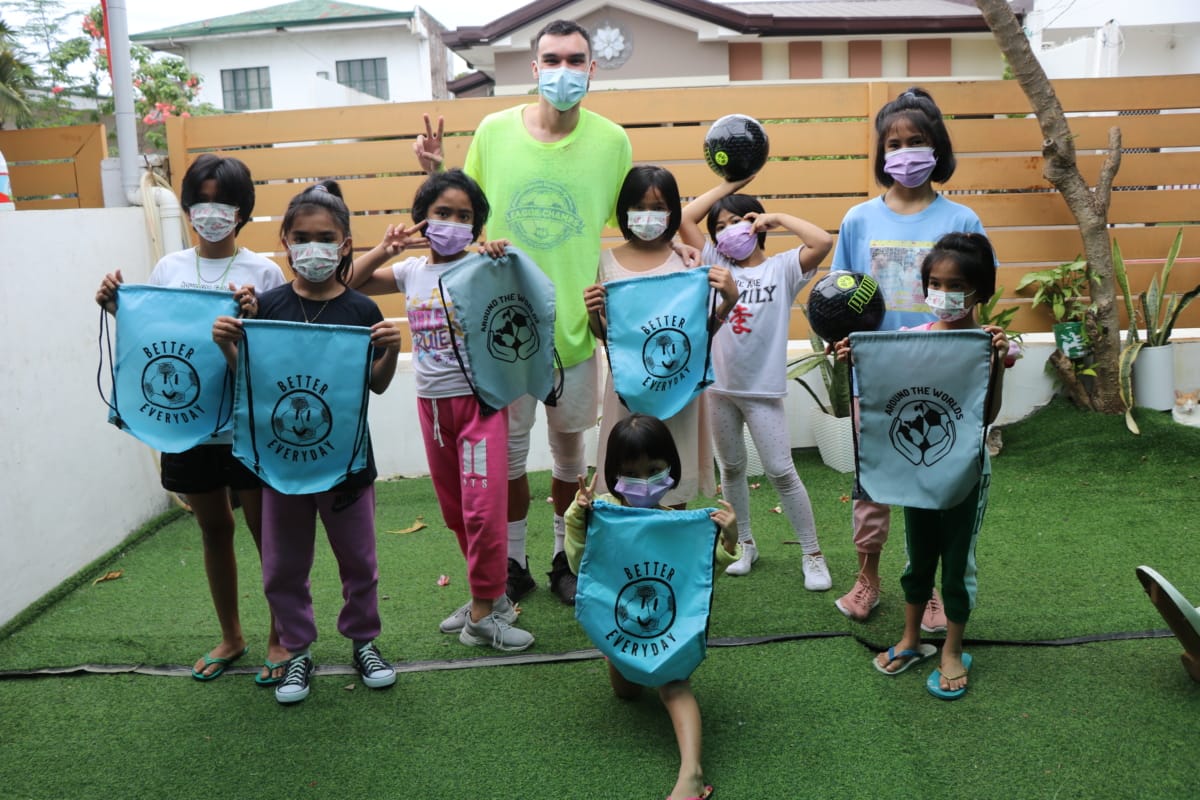
In August 2019, I just arrived in Japan for a planned program. That lead-in might seem insignificant, but the truth is, Japan was set to be country 50 in terms of our global outreach. As you may or may not know by now, the 50th country to welcome our programming was Burkina Faso, not Japan. What came of that program set up on the outskirts of Tokyo? Unfortunately, nothing.
My contact fell through and left things hanging, despite the 8000+ mile journey to Asia to carry out said program. Left scrambling and with two bags chock-full of equipment, I hopped on a flight back home to the Philippines, where I set up a couple last-minute sessions with new beneficiaries: Destiny’s Promise and Meritxell. The latter was a children’s home catering to girls, helping them grow in all aspects of life. I still remember that program fondly, I had broken out a little bit of Tagalog to run it – though imperfect and brief. On top of that, the girls were super engaged and fun. I still remember my contact at Meritxell emailing me just days after saying how much the girls had enjoyed the session. “The World Cup comes to Meritxell!” she had affectionately captioned a post they put on their social media.
As I responded to the message thanking her for facilitating such a fun session and for giving me the opportunity, I hinted at a possible return in the future – albeit with extra company.
“My mom runs an arts and crafts programme as well so I’ll have her contact you next time she’s here in the Philippines, possibly September,” I had written, not really putting too much extra thought into it after that. Finding myself a bit closer to the children’s home in Marikina present-day, I reached out to see the possibility of another collaboration and waited patiently.
They accepted an hour-long program, which I would divide up more towards the direction of arts rather than football. Of course, though, I was flexible and would see how the girls were feeling and we’d go from there. After an hour and a half long Grab ride (just Manila traffic things…), we arrived at Meritxell’s front gate. I won’t lie, I didn’t recognize it at all, to the point I thought I had placed the wrong direction in my app. There was now a turf area complete with a playground with a small chapel behind it. To the right of it, the one familiar structure from before – an all-purpose room where we had held our 2019 session.
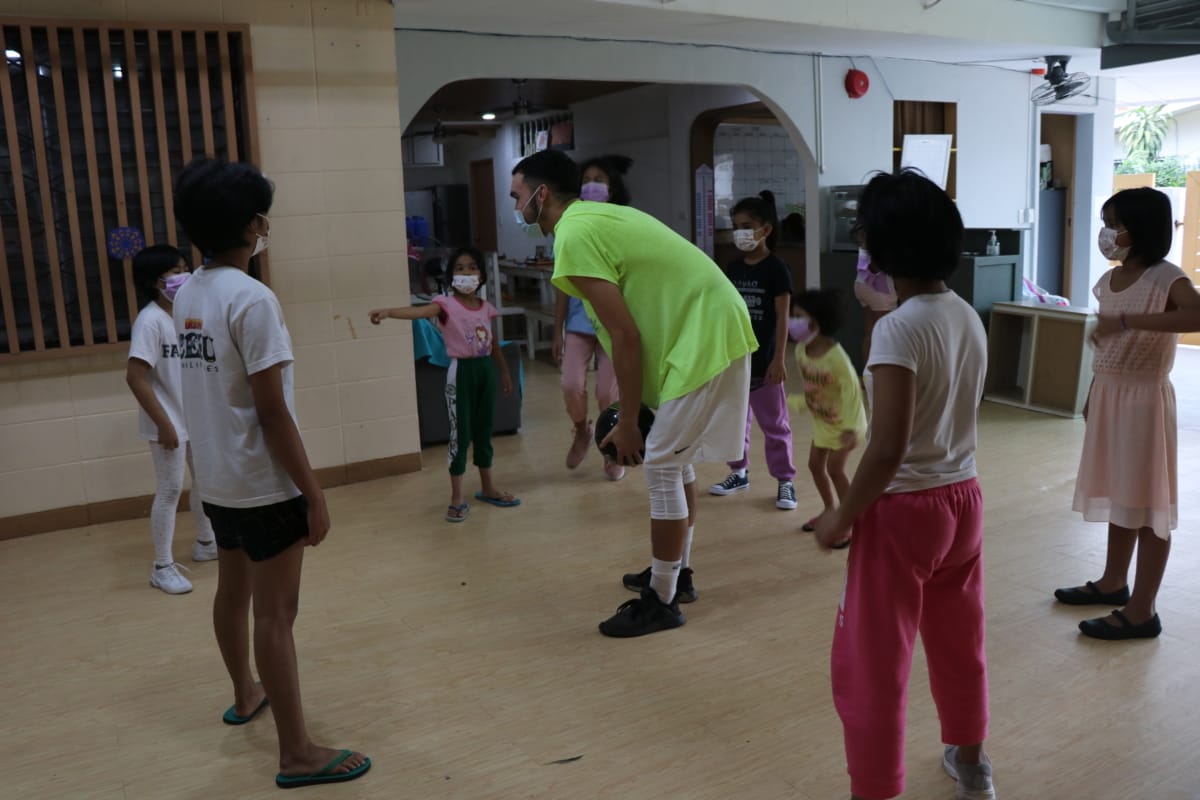
Now, that room was tiled with wooden floor panels and had been completely renovated. It was beautiful, though not to say it wasn’t before. The thing that made the place beautiful was not the place itself, but rather those who called it home. Still, it was all new, shiny and clean. A group of girls met me at the front gate, some were new faces and they responded as such.
“Anong pangalan mo, Kuya?” (What’s your name?) they asked.
“Ako si Stephen,” I answered (I am Stephen), I think catching them off guard that I understood their language.
“We know you!” yelled out a couple older girls from afar, from beyond where these new faces were standing.
“I remember you taught us football and gave us soccer balls,” said one of the girls. “We still have them in the stockroom!”
I pulled out an old group photo and tried my best to match old faces to the ones in front of me, as the girls excitedly played along. In the years past, some of the girls had been adopted or moved away from the children’s home, but their presence was very much still felt. Another older girl approached me, sharing her own account of our last program in 2019, though regrettably sharing how she was unable to participate as she had fallen ill the day of the session.
“I watched it from right over there,” she said, pointing to a crack in the window overlooking the multipurpose playspace from the girls’ bedroom and bunk beds. “Sayang naman,” she said (wasted opportunity) with a shake of her head.
Eager to make up for lost time, she was excited to be a part of the day’s session and was determined to put her best foot forward. As I began to set up things for the session, another girl approached me, looking for clarification on my name.
“Is it Stephen? Like Stephen Carey?” she asked.
I looked at her with confusion on my face, who could Stephen Carey possibly be and why would I even remotely know who that is, I thought to myself.
“OH,” a lightbulb went off.
“Stephen Curry!” I exclaimed.
“Hindi naman,” (no), I answered – it’s pronounced like Steven, not Stephan – I replied.
I would be working with the new participants, a younger group, first followed by the 2019 ones next. Between that, an arts program with those interested led by moms. We jumped into our listening exercise, myself rifling off the same list of body parts in Tagalog that I had saved on my burner phone. Everytime “bola” was called and a winner emerged, I’d yell out “galing!” (Great)
Later on, the older girls came up to me, mocking my accent “gaaaawling” they’d say, in an incredibly exaggerated accent. “Aaaawstig,” they’d continue, mocking the way I’d say “astig” meaning cool in Tagalog.
“Ano bayan!” (An expression of grief), I’d yell out. “Maraming bashers dito.” (there’s so many haters here).
“Kuya Stephen it’s okay, we’re just messing with you,” said one of the older girls. “You can speak English with us, our English is good.”
Determined to get one last laugh in, they requested my effort on a couple Tagalog tongue twisters (say that 10 times fast I dare you lol) – which I entertained but failed miserably at. As expected, ulo o kamay was yet again a hit – as it helped us grab two winners for some footballs, though everyone would at least be leaving with a drawstring bag at the conclusion of our session.
With a little chunk of free time following ulo o kamay, I broke into a familiar activity from 2019 – teaching the girls some new freestyle tricks. I gushed with joy as the girls eagerly lined up, each with a ball in their hands, mimicking myself as I balanced a ball on the back of my neck.
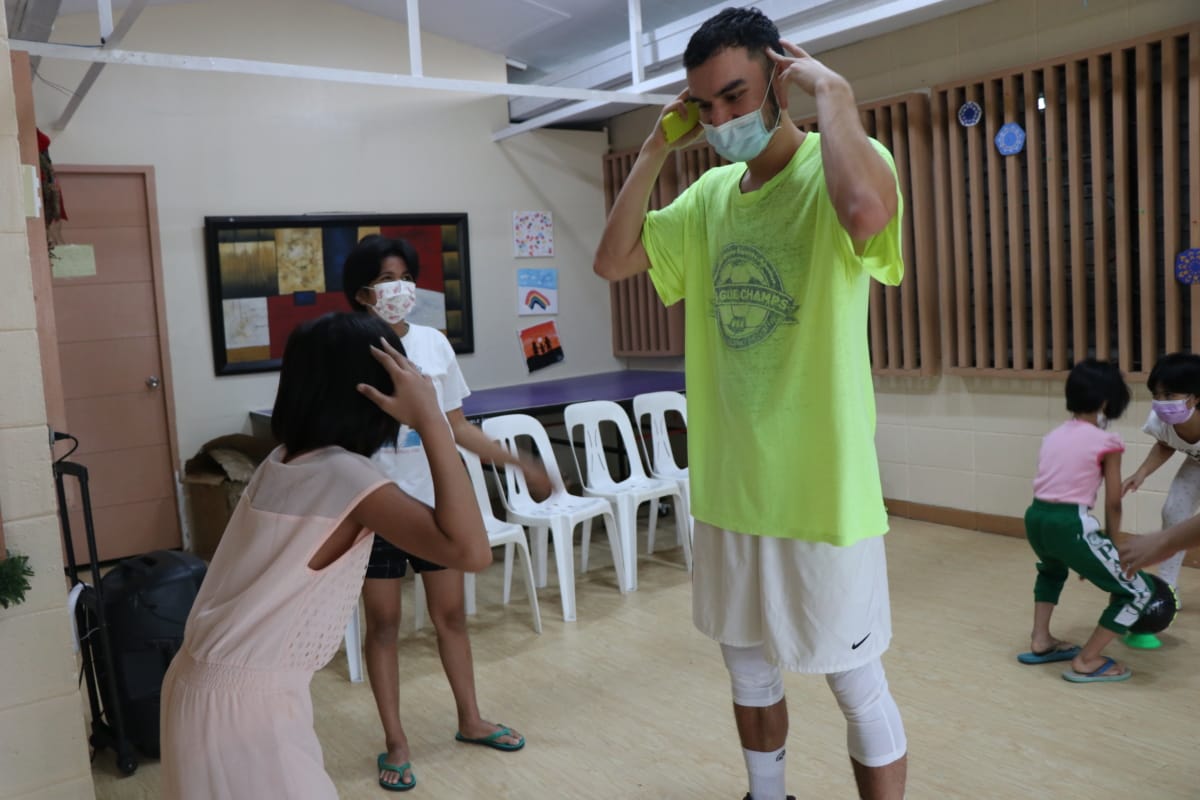
“Me next!” They’d yell out, waiting patiently for myself to gently place the soccer ball from their hands to their neck once they’d properly imitated my form.
“Next level!” I yelled out, as the girls watched me drop to the floor with the ball still balanced on my neck.
“Ilang gusto mo?” (How many would you like me to do)? I asked Winnie, a girl stood closest to me.
“Two lang po,” she responded softly (just 2).
“Ayos lang!” (Okay!) I responded, enthusiastically.
As soon as I got back to my feet, Winnie was right by my side yet again, beckoning for me to let her try to do the same trick I had just done. Surprisingly enough, out of the whole group she was the only one able to do a push up and stand-up right after. I’m not even gonna lie she performed this trick better than most seasoned players I’ve worked with in the past, too! Incredibly impressive considering she had learned it just minutes before.
I watched as she rushed at the end to stand up while the ball gently rolled off her shoulders, “Mabagal naman, Winnie,” (slowly, Winnie) I said – reassuring her with an arm around her shoulder, and greeting her smile with a crisp high five after she successfully pulled off the trick.
After the neck stall lesson, the program was largely a toss-up, a grab bag of little activities and filler exercises. Three girls giggled as we took turns playing basketball with a makeshift arm hoop, the only hoop we could come up with on the fly. Then, I broke off with two younger girls to work on push-passes and trapping the ball. Another girl insisted I throw the ball at her as strongly as I could, in order for her to practice her goalkeeping skills. That girl shared about her sponsor family living in the states – about her brother who played american football for the Air Force Academy.
She shared more, talking about her inexperience in soccer, “I’m busy now because I’m focusing on music, poetry, table tennis and basketball.”
“Oh Kuya I’m envious I wish I had your height so I could be better in basketball,” she added.
I sat down as my mother taught the girls how to make bracelets, even letting the girls teach me how to make some myself – can you believe that after like 5 years I had never bothered to learn? Absurd considering my mom has made at least 500 bracelets for the niños since then!
It was fun, I wasn’t super good at it, but the girls reassured me, guiding me through it the whole way – then, to reward my effort, one took the bracelet she had just finished making and pulled it onto my wrist.
“That’s for you, Kuya,” the girl said to me.
“Don’t forget about me, okay Kuya? Everytime you wear that bracelet you’ll remember me.”
“I’m serious, If you’re on the TV I’ll zoom in to your wrist just to see if you’re still wearing it,” she said, with a laugh.
Having already received bracelets made by my mom themselves, the plan was simple. The bracelets made now by the girls were to be collected and then given out to other kids experiencing similar hardship around the world. Determined to make that exchange even more special, the girls made small, heart-shaped cards and hand-wrote little messages in them. “Hi from the Philippines!” “Don’t ever give up.” “I hope to meet you one day.”
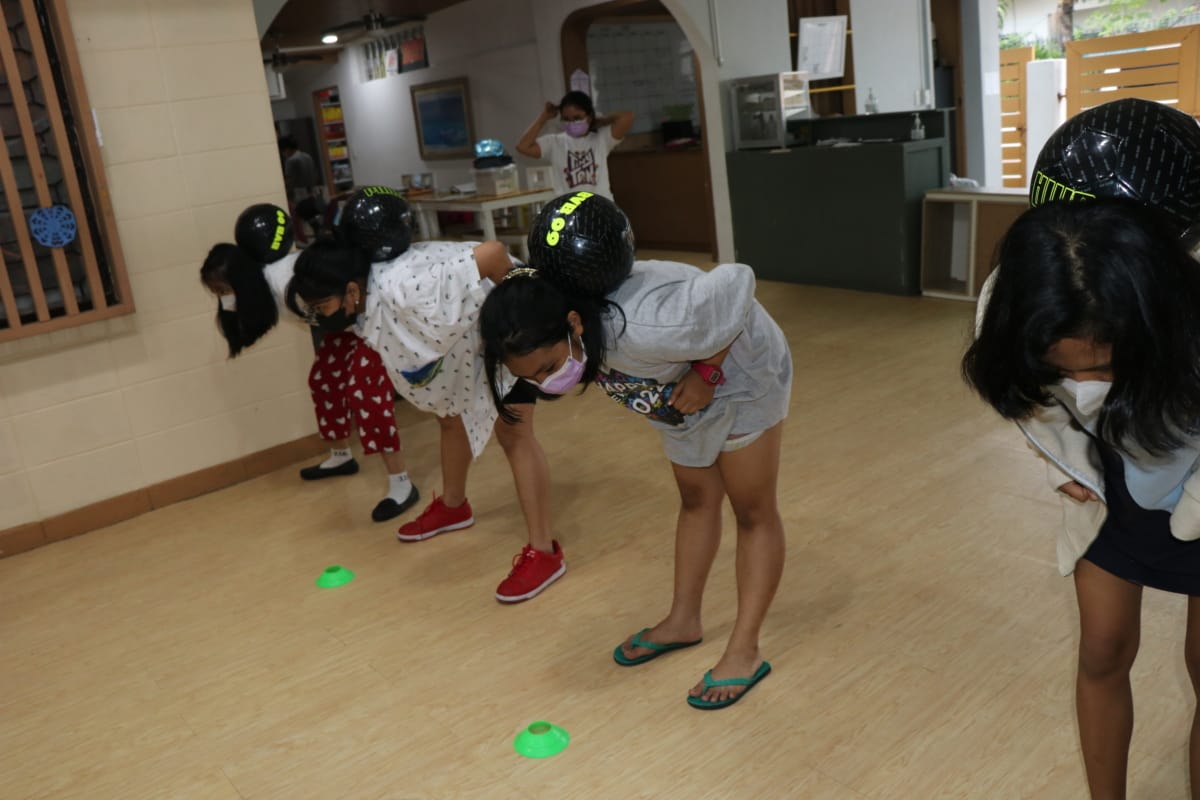
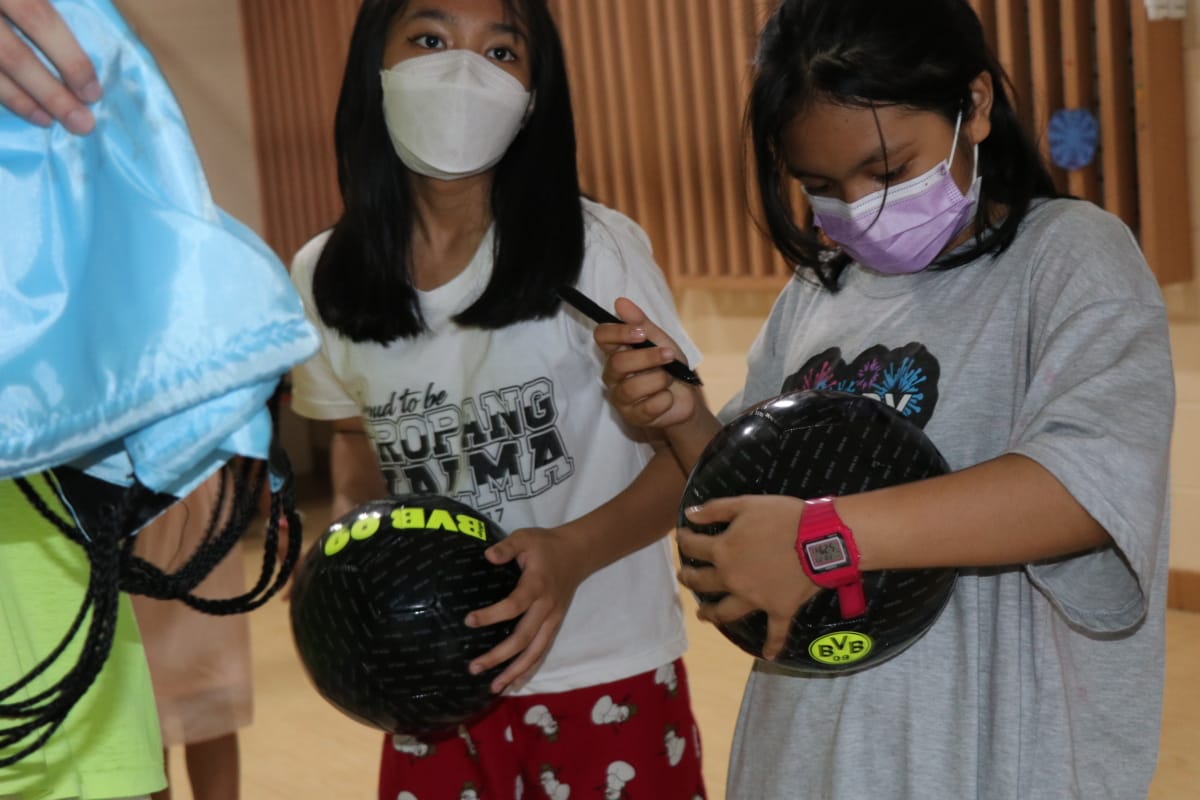
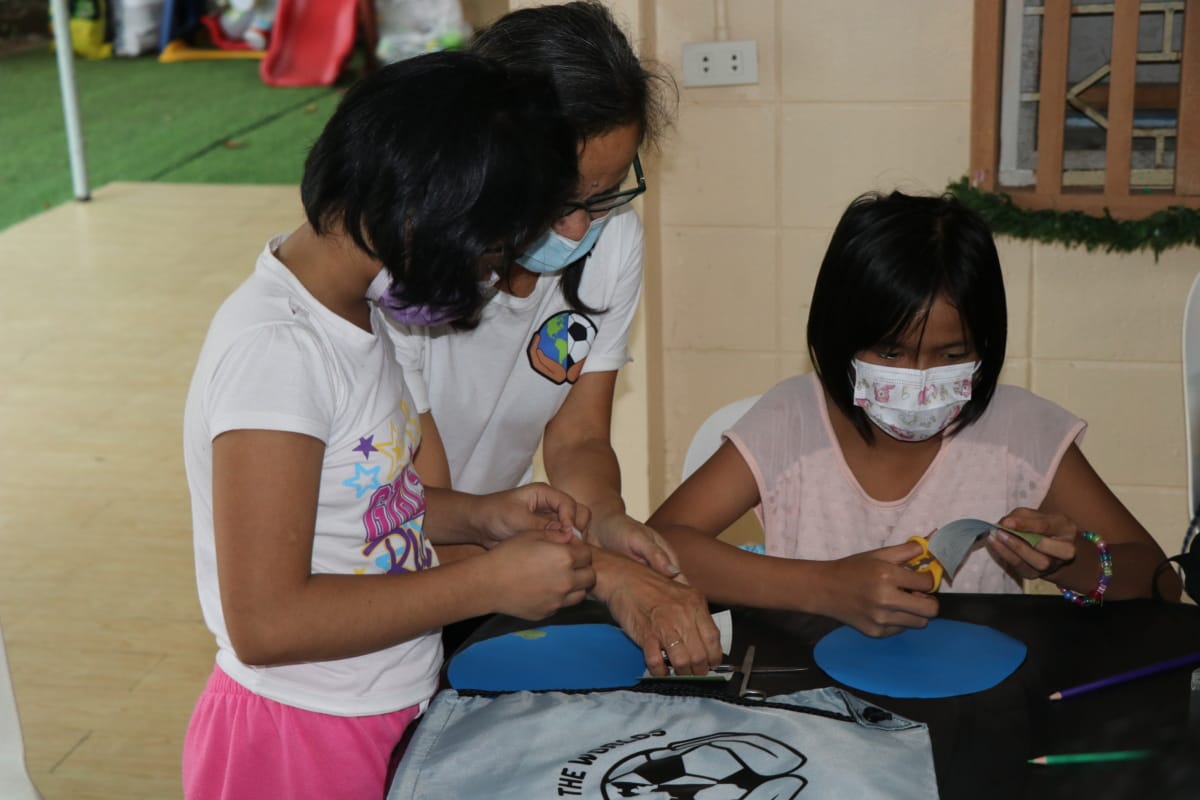
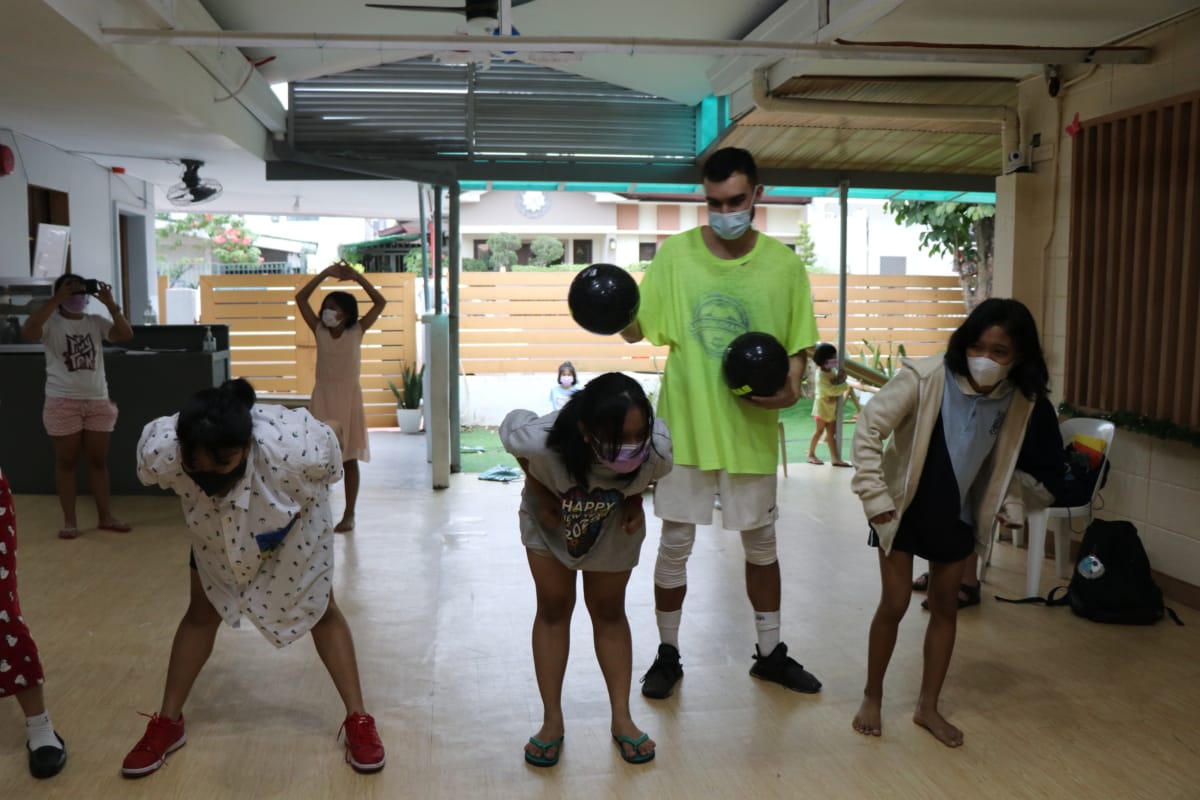
Finally, we linked up with the children’s home’s exec director, who wanted to show off his own art gallery. In the two-floor gallery, there were paintings, sculptures, and more – from all over Asia. He gushed as he spoke about each piece, “this one is my favorite, it’s from Vietnam” – he shared. “Why’s it your favorite?” I asked. “Because it’s unfinished. It’s the only piece this artist has ever let leave her studio that is incomplete. And for that reason, it’s priceless,” he said, while speaking of the artist whose pieces, many of which he also had in the gallery, were worth over $27,000.
As we reached the back part of the gallery, we reached the real priceless artwork… works made by the kids. Each piece had a story behind it. Some were light-hearted, others were deep and emotional… but in the end, they all had meaning. Some were made for the sake of expression, though the director insisted it was surely some sort of psychological art therapy as well.
“Each has a story, but syempre (of course) most will make you cry,” he said.
He went on to speak about the many arts schools he ran, three of them to be exact (2500 students here in Marikina, 1500 in Antipolo, 1000 in Cebu). He said to stay in contact so we could do a sort of labor seminar with the kids.
“So you can talk to them about working and living your passion… all while doing it with compassion,” he said, cracking a smile.
